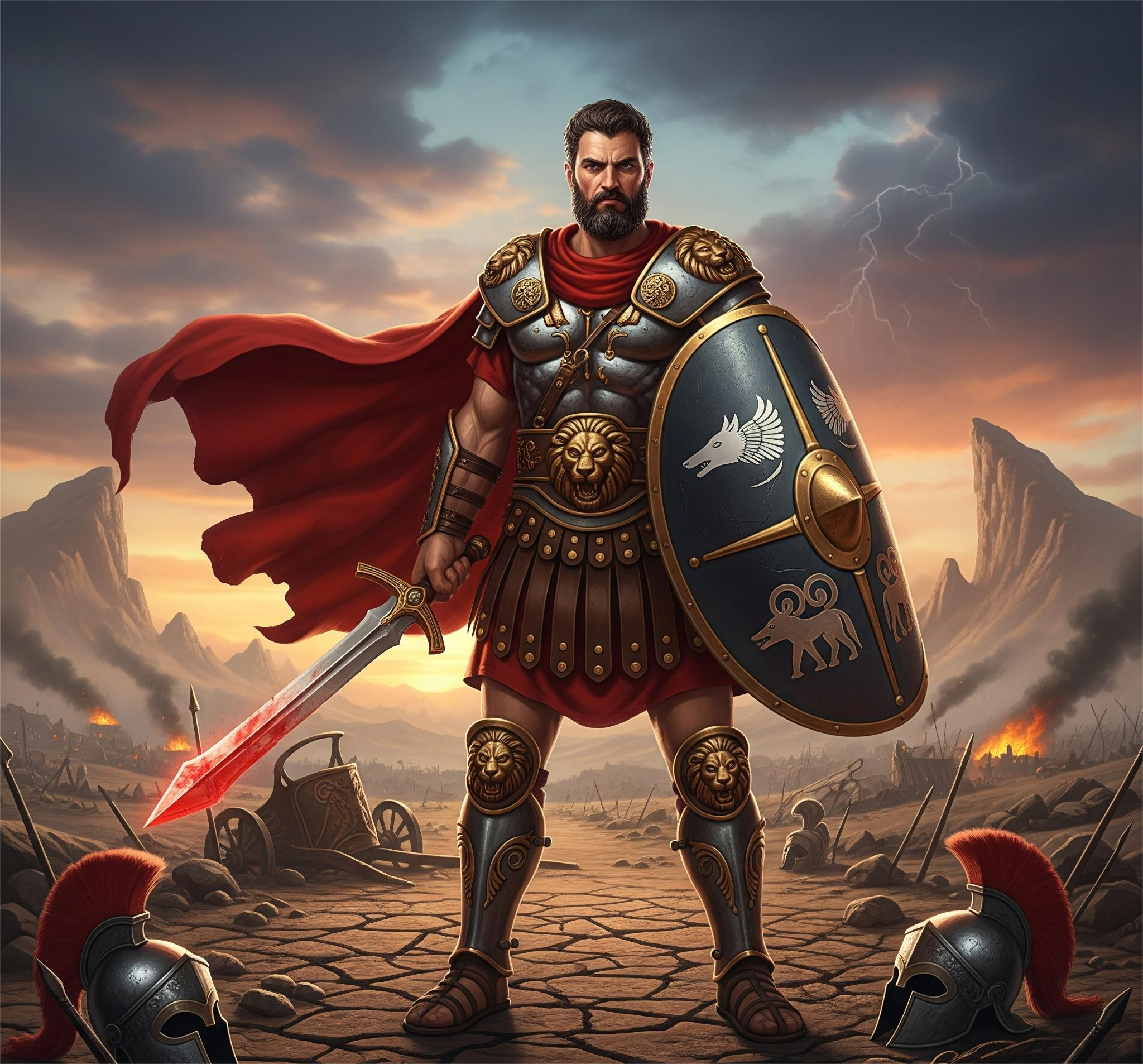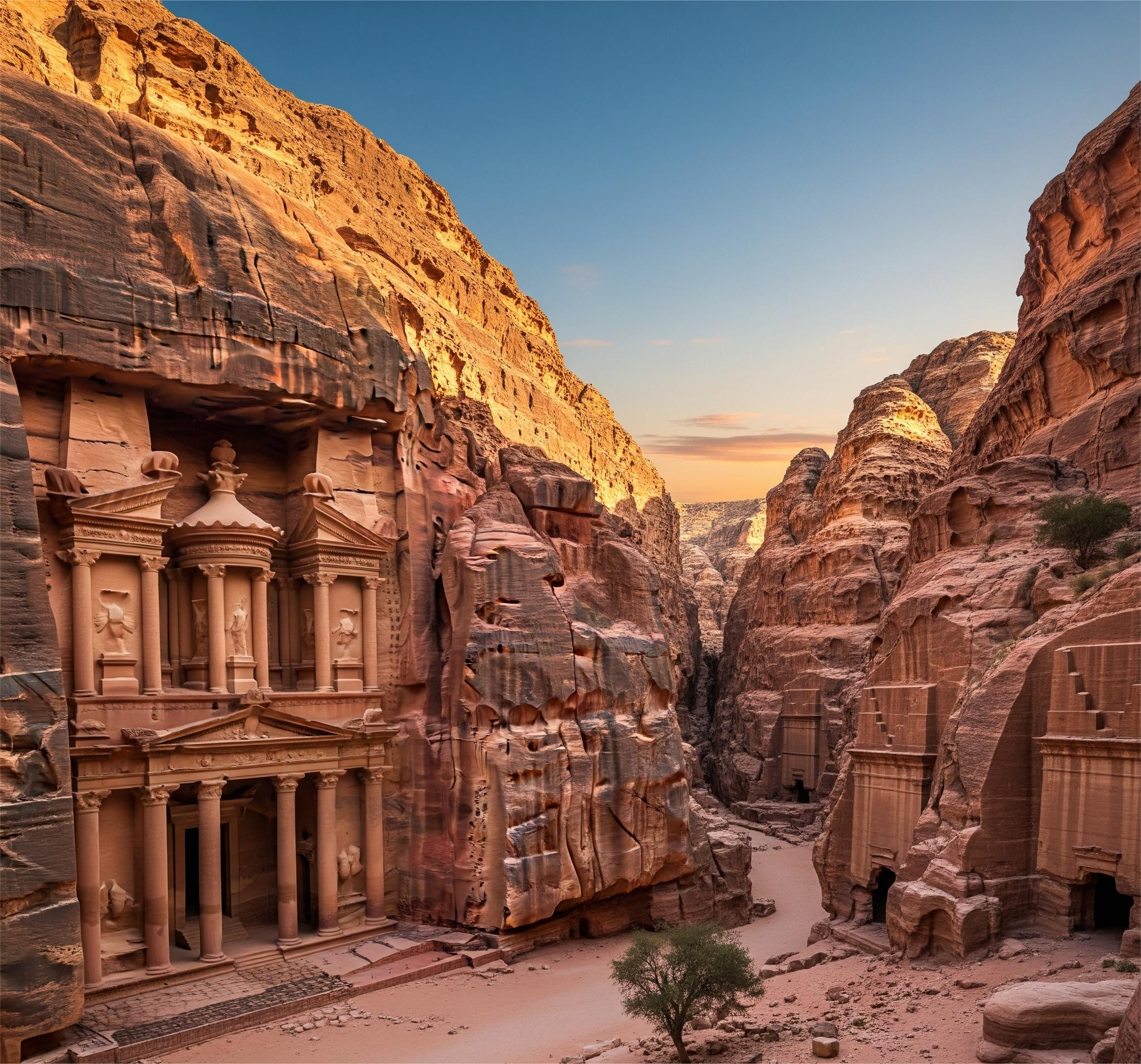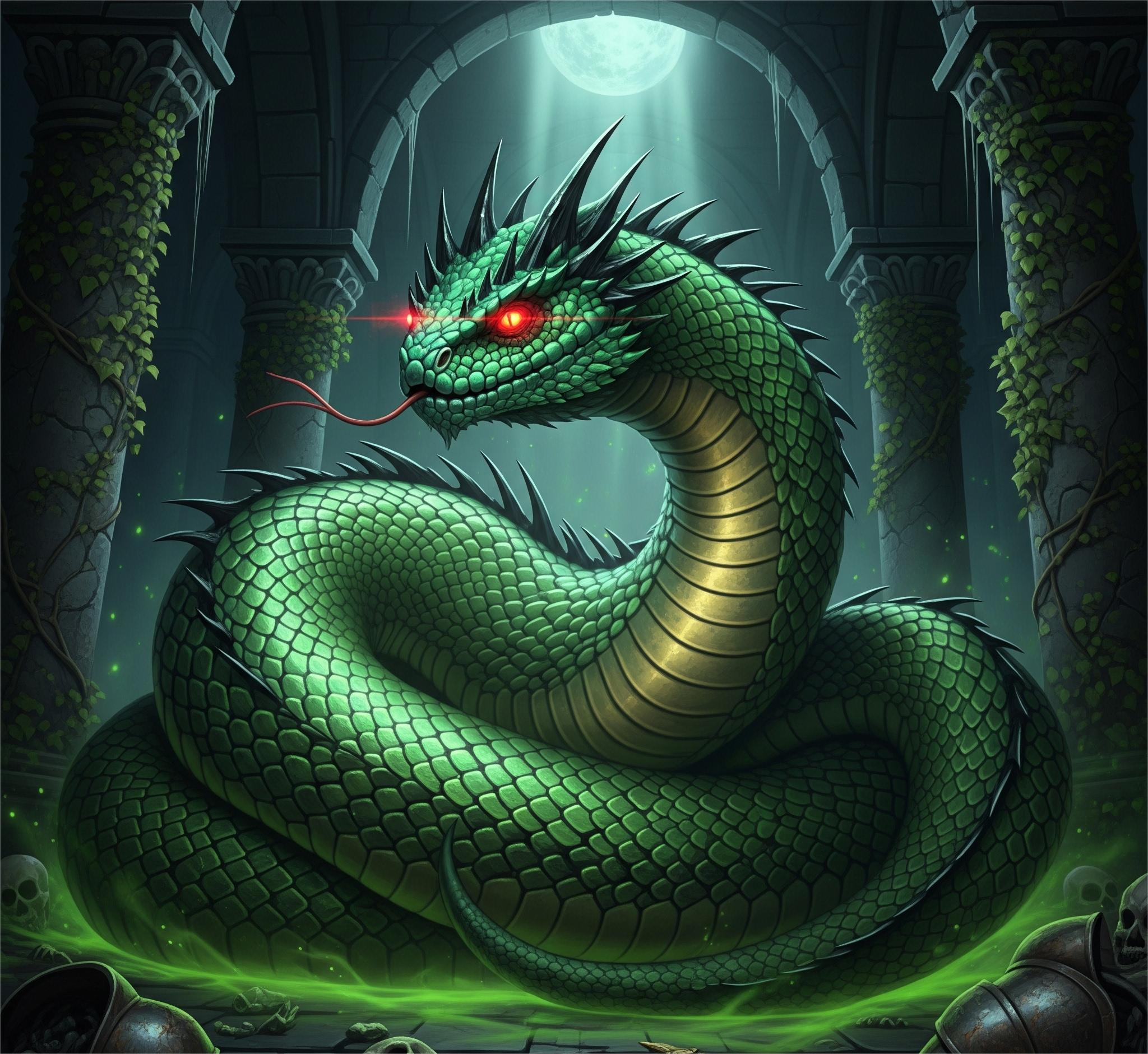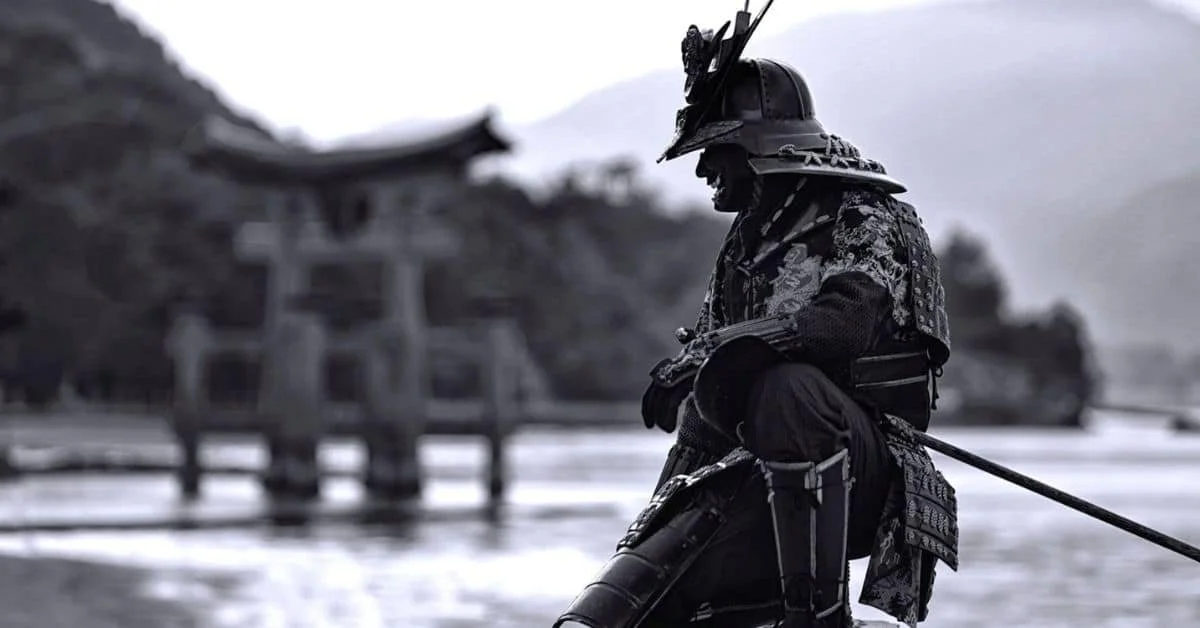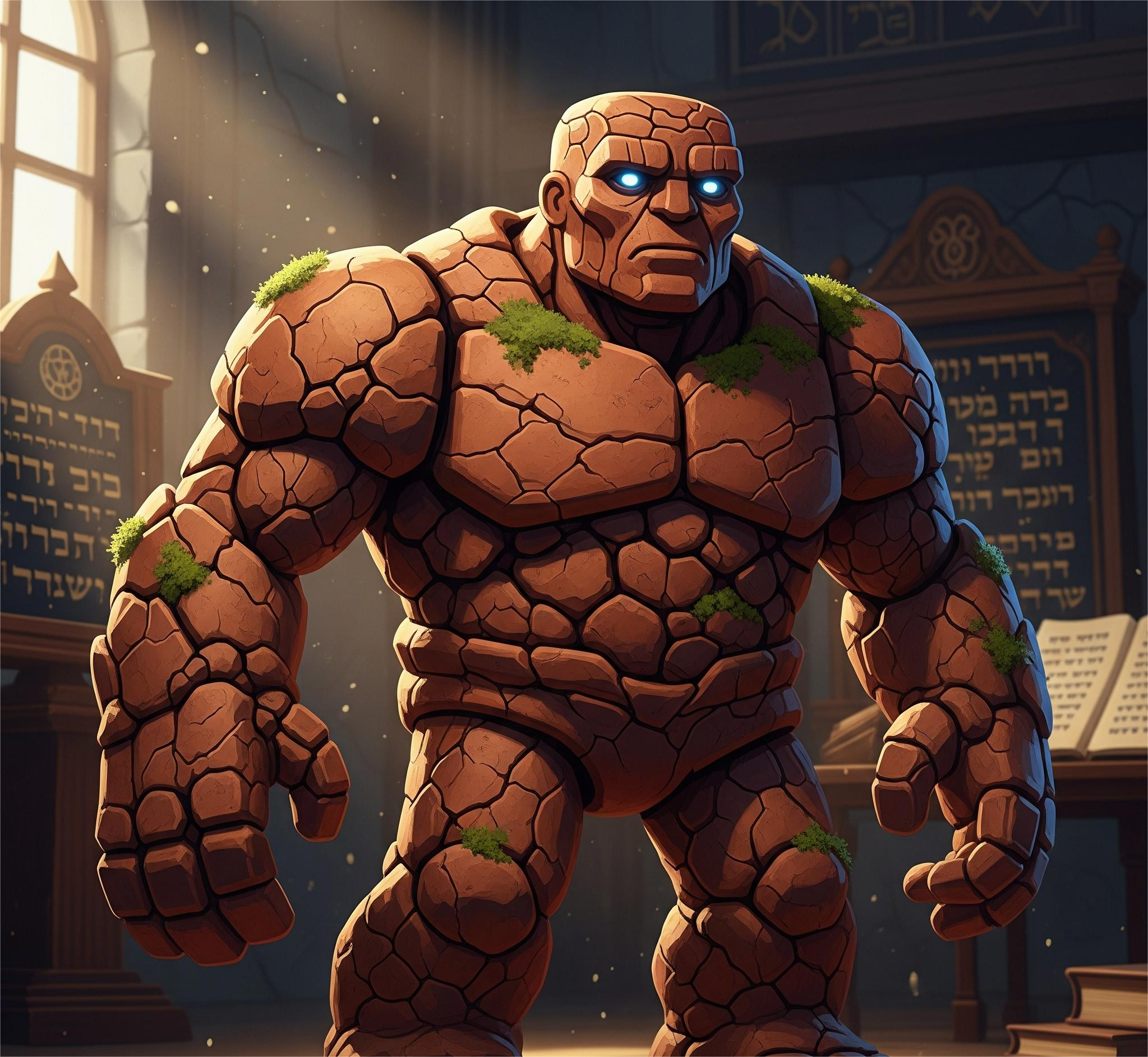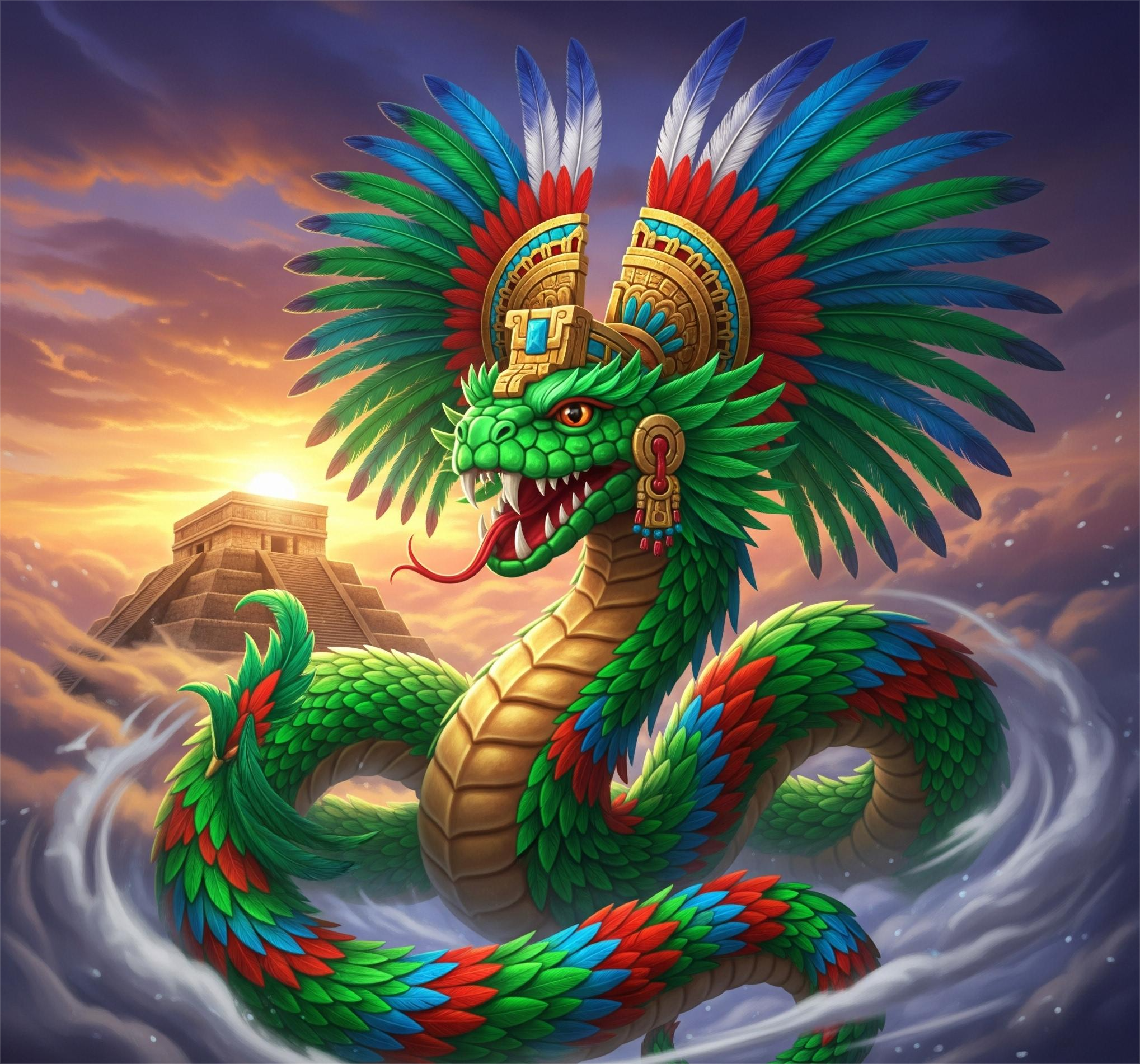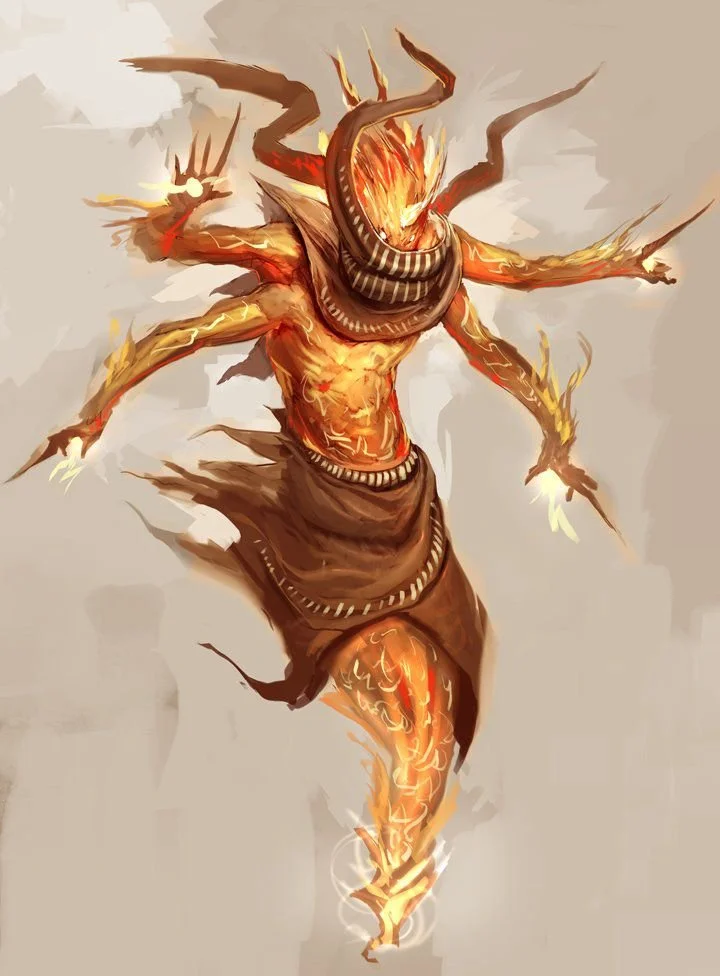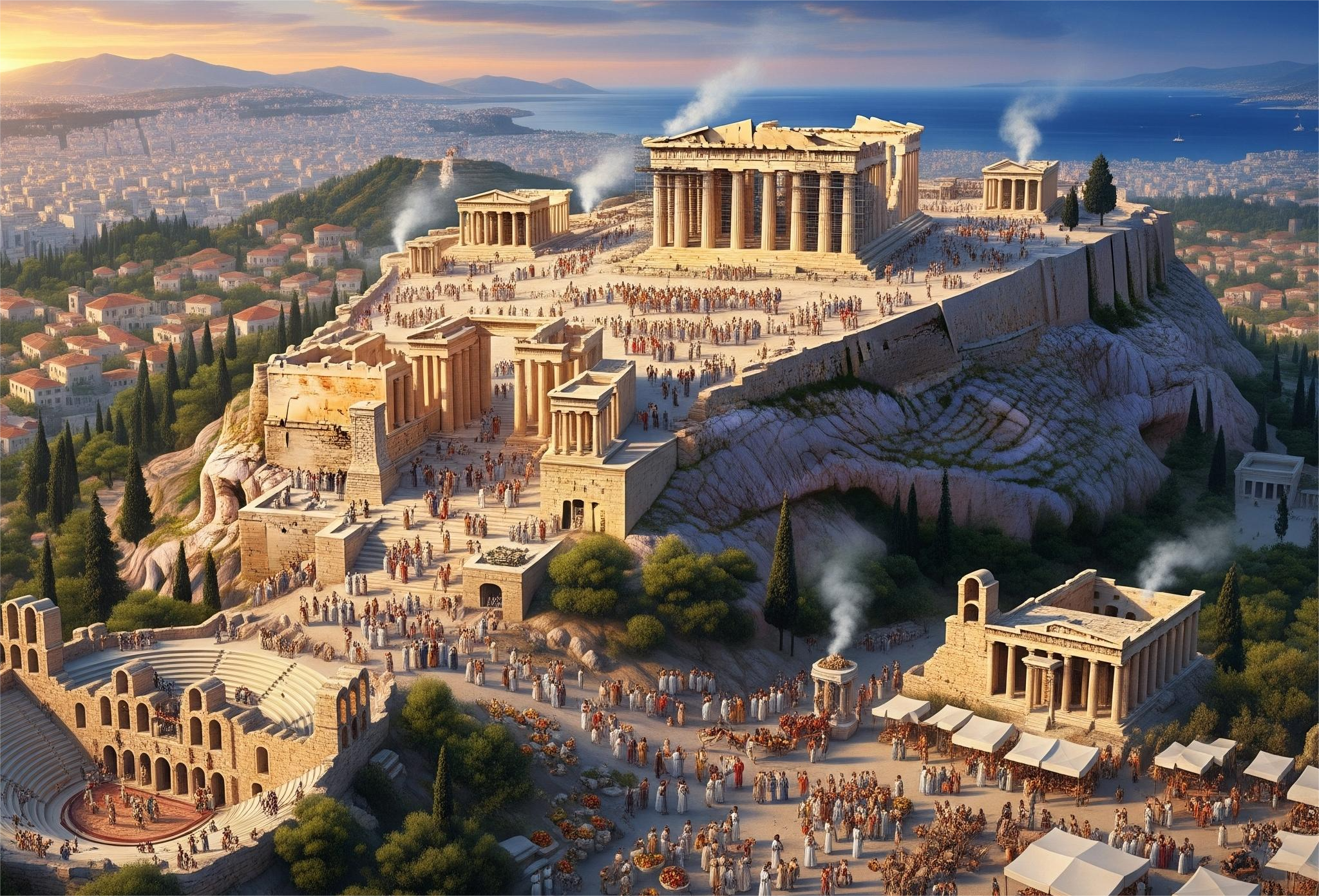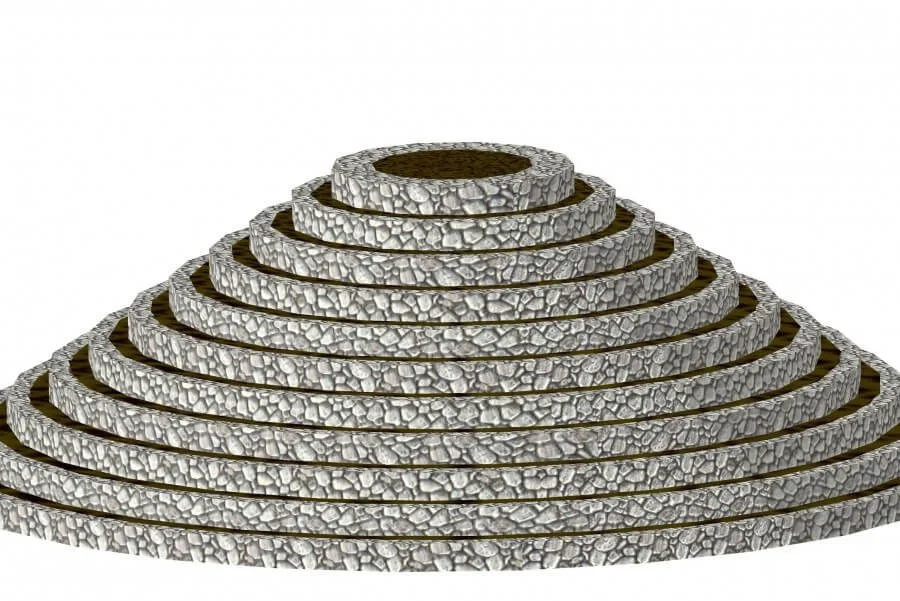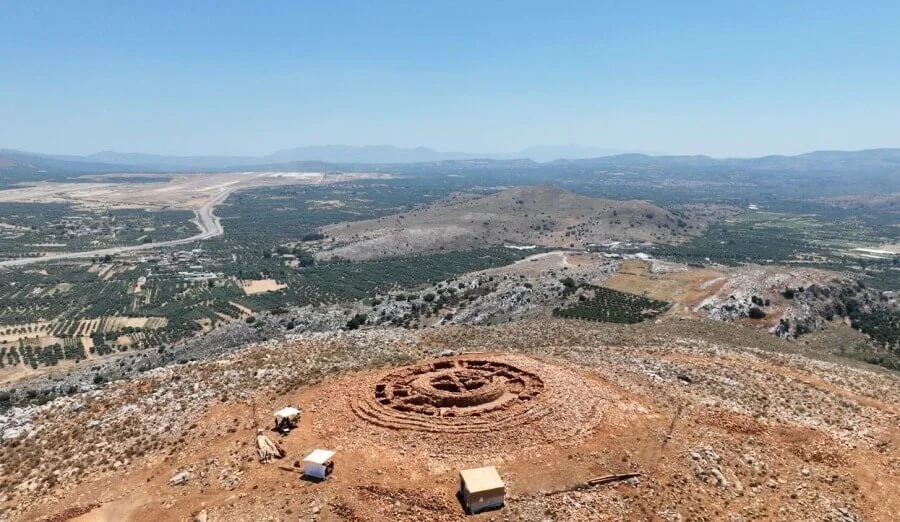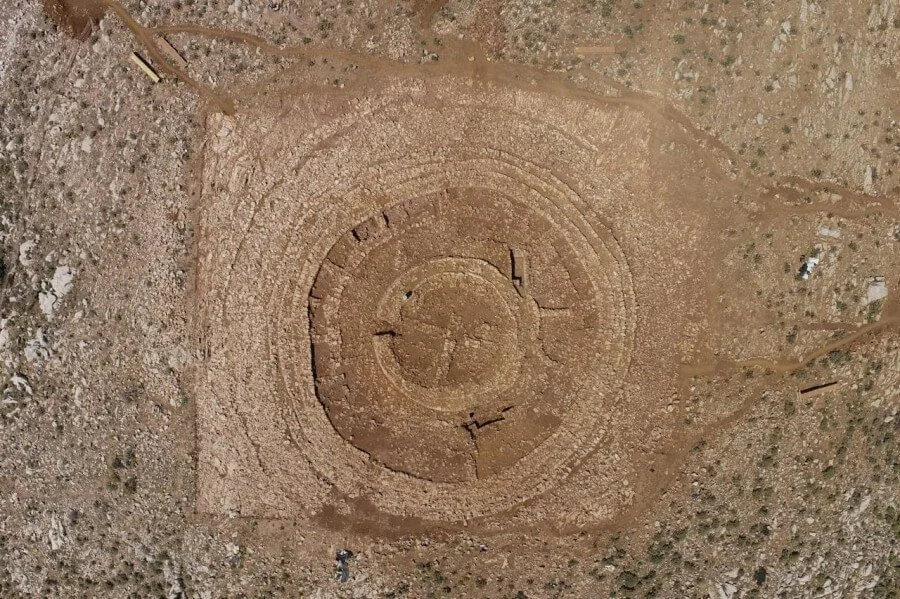In the pantheon of ancient Egyptian gods, few figures were as intimately tied to death and the afterlife as Anubis, the jackal-headed deity who presided over mummification and guided souls to the afterlife. With his sleek black jackal form and solemn presence, Anubis was both feared and revered—protector of tombs, patron of embalmers, and judge of hearts. His role reflects the profound spiritual weight ancient Egyptians placed on death and the meticulous preparation needed for the journey beyond.
Origins and Depictions of Anubis
Anubis, known in ancient Egyptian as Inpu or Anpu, emerged as a prominent deity during the Early Dynastic Period (c. 3100 BCE) and maintained religious significance well into the Greco-Roman era.
He is most commonly depicted as:
A black jackal or a man with a jackal’s head.
The color black symbolizes death, decay, and the fertile Nile soil, representing both decomposition and rebirth.
Often shown holding a flail or an ankh, symbols of power and life.
Jackals were often seen near cemeteries, scavenging remains—a likely reason why Egyptians associated them with the dead and chose to mythologize them as protectors rather than threats.
Anubis and Mummification: Lord of the Embalming Chamber
Anubis was considered the god of mummification, a crucial element of Egyptian funerary rites. The preservation of the body was essential to the soul’s survival in the afterlife, and Anubis was believed to oversee the entire process.
He was invoked through rituals by embalmers, who often wore Anubis masks while performing sacred duties. These included:
Washing and purifying the body.
Removing internal organs.
Applying natron (salt) to dry the body.
Wrapping the body in linen with protective amulets.
Prayers and spells addressed to Anubis were recited to ensure the deceased’s safe journey and eternal preservation.
Guide to the Underworld and the Weighing of the Heart
One of Anubis’ most important roles was serving as a psychopomp—a divine guide who escorted the dead through the underworld (Duat) to face judgment.
The most famous depiction of Anubis appears in the Book of the Dead, where he conducts the Weighing of the Heart ceremony:
The deceased’s heart was weighed on a scale against the feather of Ma’at, the goddess of truth.
Anubis ensured the balance was fair and just.
If the heart was lighter than the feather, the soul was granted passage to the Field of Reeds, an eternal paradise.
If heavier, it was devoured by Ammit, the soul-eating monster.
Anubis was therefore not just a passive deity—he was a judge of morality, ensuring only the righteous entered the afterlife.
Temples and Worship
While Anubis did not have as many large temples as deities like Osiris or Horus, he was widely worshiped across Egypt in funerary contexts. Key worship centers included:
Cynopolis (Greek for “City of the Dog”) in Upper Egypt.
Saqqara and Thebes, near major necropolises.
Amulets, statues, and tomb carvings of Anubis were common burial items. His cult was deeply personal, focused not on large public ceremonies but on individual passage to eternity.
Anubis and Osiris: A Shifting Divine Order
Originally a primary god of the dead, Anubis’ role changed over time as Osiris rose in prominence. Eventually, Osiris became ruler of the underworld, while Anubis took on a more specialized role as his loyal helper and embalmer.
In mythology:
Anubis mummified Osiris after he was slain by Set, setting the precedent for all embalming rituals.
This act of devotion strengthened Anubis’ position as protector of the dead and ensured his lasting place in the mythological hierarchy.
Anubis in Modern Culture
Today, Anubis continues to captivate the imagination. He appears in:
Films and games like The Mummy, Assassin’s Creed, and Yu-Gi-Oh!.
Literature and art that explore themes of death, justice, and the afterlife.
He symbolizes respect for death, sacred tradition, and the thin line between life and the unknown.




